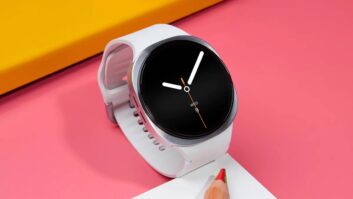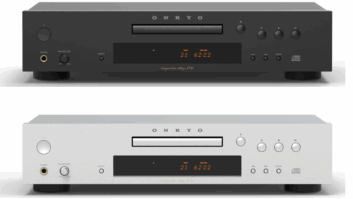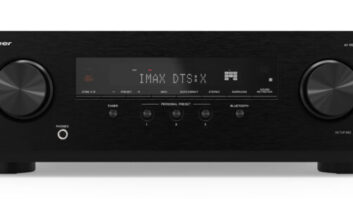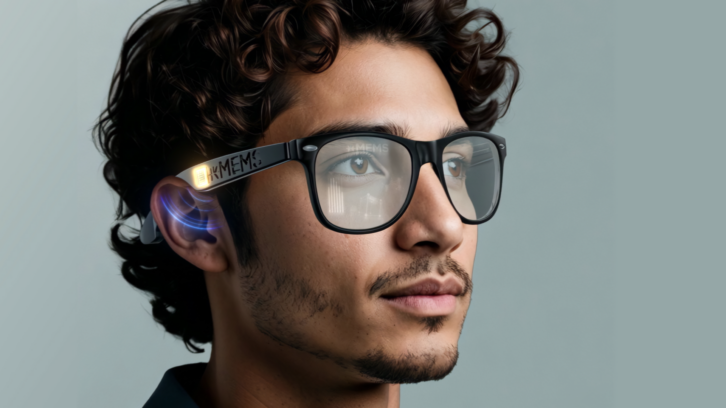
It can be easy to overlook, but your smart watch (and even your smart glasses) have tiny loudspeakers built into them. As AI assistants become more integrated into our everyday lives, wearables like watches and glasses are poised to become the primary alternative to earbuds, enabling hands-free, ears-free AI on the go.
However, today’s smart wearables do not match conventional glasses and watches in terms of style, thinness, design, and weight, which limits broad adoption. A key limitation is that the “micro” speakers in today’s smart electronics must conform to the weight, style, and form factor of their devices, and that’s a tall order.

Conventional speaker designs require some physical space to produce sound beyond simple beeps and tones. At the micro level, that space is minimal, which limits both performance and device design. That’s why many smart glasses tend toward a bulkier, thicker “Wayfarer” style that can accommodate today’s micro speakers and other electronics.
But that’s all starting to change as a new generation of tiny, ultralightweight, all-silicon, micro speakers is beginning to emerge. By fundamentally rethinking how micro speakers are built, manufacturers can unlock new form factors and designs to bring smarter, more comfortable, and stylish options to the market.
Beyond Coil-Based Design
Until recently, electronics designers had a dilemma: quality speakers add bulk to product designs, so how can they deliver excellent audio in smartwatches, AR headsets, and other emerging devices without compromising on style and sleekness?
Most existing micro speakers rely on century-old dynamic driver technology using coils and magnets. Slimming them down to around 3 millimeters, the minimum for many wearables, often means sacrificing audio performance, and even at that thickness, they limit design flexibility. What electronics makers need is a micro speaker that is as small as technologically possible yet still delivers rich sound. And that breakthrough is here in the form of silicon-based MEMS speakers.
Unlike conventional designs, these MEMS speakers generate sound using ultrasonic air pulses instead of bulky coils and magnets. At just about 1 millimeter thin, they give designers the freedom to create truly sleek, stylish devices, without compromising audio quality.
Of course, building a speaker this small that still produces enough sound pressure for open-air listening isn’t easy. But that’s the goal: big, immersive sound from the smallest possible form factor, enabling brands to bring to life bold new designs, knowing high-quality audio is already built in.
Solid-State Micro Speakers Make Sound from Ultrasound

To be clear, silicon-based MEMS speakers already exist today. The highest-performing of these micro-fidelity speakers are silicon chips with thin-film piezo technology that functions as the speaker’s actuator, replacing a coil and magnet. With a silicon diaphragm, it’s a complete, solid-state, full-range speaker ideally suited to today’s popular active noise-cancelling, wireless earbuds (TWS). Such earbuds often fit snugly inside the ear using silicone tips, allowing the best MEMS speakers to deliver the fullest possible audio, including rich bass, at high sound pressure levels.
But smart watches, smart glasses, and even open wireless stereo (OWS) earphones have to create sound in open air. It can be difficult for micro speakers to create enough sound pressure level (SPL) across all frequencies to generate rich audio, but not impossible.
Engineers at xMEMS have figured it out, creating a 1 mm-thin, open-air, near-field MEMS loudspeaker. It’s slightly larger than the company’s TWS version because it must generate more SPL to compete with ambient sound. But it works the same, turning ultrasonic sound waves that are otherwise imperceptible to human ears into full-frequency, high-SPL audio through the generation of air pulses. (As a related aside, this same air pulse generation is used for a 1 mm-thin cooling fan-on-a-chip.)
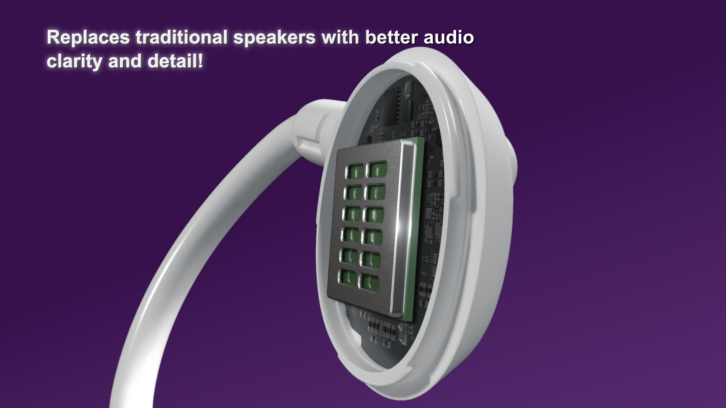
The open-air MEMS speaker is still one-third the thickness (and one-seventh the overall size) of existing dynamic-driver designs, making it an optimal fit inside a growing number of thin-and-stylish wearable devices. Plus, because it’s a solid-state speaker and has no moving parts, it’s robust and IP58-rated against water and dust, which is a key requirement for wearable electronics.
It’s been tested in smart watch and OWS earphone form factors and has proven louder at both high and low frequencies, with significantly better bass performance, an important measure of listener experience. In fact, this unique, open-air MEMS speaker has been shown to deliver 11dB greater SPL at 40Hz and about 15dB more at 5KHz than leading OWS earphones.
What’s more, the solid-state design means a faster response than coil-based speakers and near-zero phase shift, so that the full-range audio it produces is also clear, detailed, and accurate. The part-to-part consistency of this semiconductor speaker creates near-perfect phase coherency between left and right speakers, which should enhance DSP (Digital Signal Processor) features such as privacy mode in smart glasses and OWS earbuds to limit sound leakage to those nearby.
Giving Product Designers More Flexibility

This open-air, solid-state MEMS speaker has additional applications as well. Generating strong, high-frequency sound in a near-field, micro speaker is notoriously difficult, but because this design can deliver at least 90dB at the highest frequencies, it’s ideal for “tweeter”-style roles. One example: a smaller, lighter earpiece speaker for smartphones.
And thanks to its compact size, manufacturers can arrange multiple MEMS speakers in a beamforming array, precisely directing sound toward the user’s ear in order to improve privacy in noisy or crowded environments.
Its open-air capability and ultra-small footprint also make it an excellent standalone tweeter for devices like Bluetooth speakers, laptops, or car interiors. It requires minimal space but still delivers high-impact audio.
No matter how it’s applied, a MEMS near-field micro speaker that works effectively in open air, not just sealed earbuds, represents a breakthrough. It solves real design challenges in building lightweight, wearable smart devices. By shrinking speaker size while amplifying sound performance, manufacturers no longer have to choose between sleek design and great audio. Now, they can offer both.
See also:







